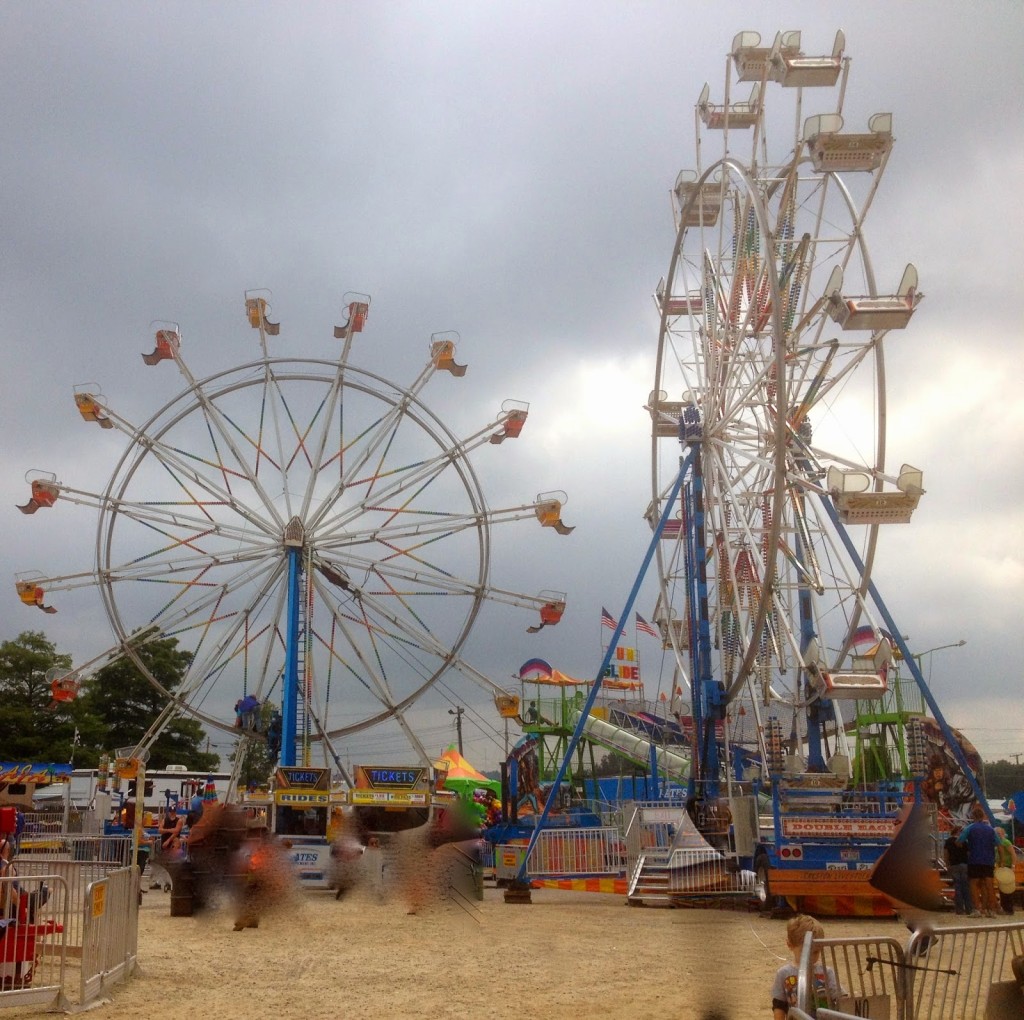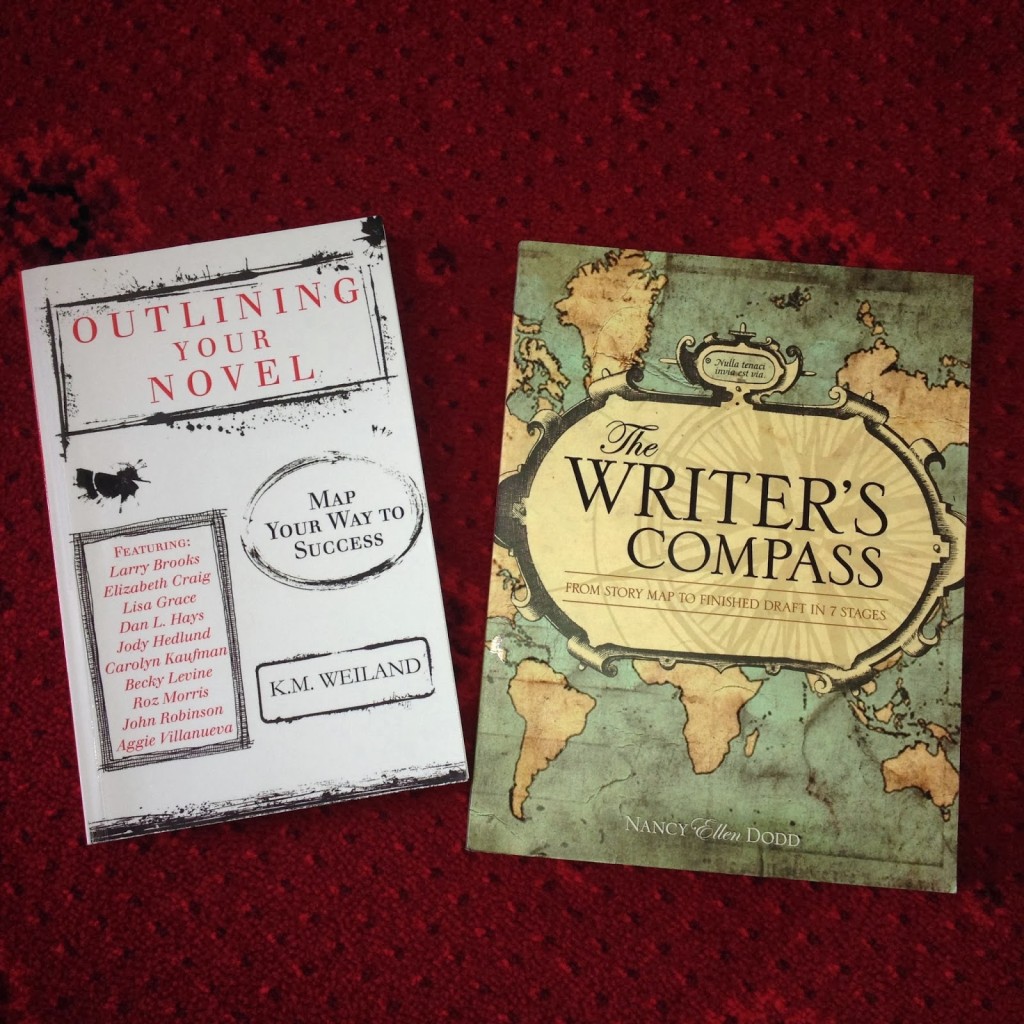 |
| Vietnam 2009 |
Thank you Liza Barry-Kessler for suggesting this book. I have had it on my to-read list for quite awhile. Written by Katherine Dunn, and published in 1989 this is a gut- punch of a book. As a lover of sideshows and all things freakish, I loved this book. Be warned, it is not for the faint of heart or those who are disturbed by graphic descriptions of human wonders. As an exploration of the theme “who are the freaks here” it exemplifies what we love and hate about ourselves and each other.
As a blatant gender non-conformer and heavily tattooed person I have often felt like my own sideshow. This book will resonate with anyone who has ever felt like an outsider, alone, freakish, uncool, and/or weird. It will also resonate with those of us who are happy in their differences, reveling in their own brand of freakishness. It will resonate with those of us who believe that the great joke is on those who believe that they are superior, simply because they are “normal”. It is also a love story, asking the eternal question “what would you do for love?”
As a writer I am impressed with Dunn’s ability to create characters that you love and loathe, sometimes simultaneously. The characters in Dunn’s book are unique, multilayered, and anything but typical. The art of giving your readers characters that they care about enough to find out what happens next is the essence of story telling. Dunn’s ability to weave plot events and character story arcs in meticulous detail is a literary demonstration of the Butterfly Effect. I also loved Dunn’s voice, her language is graphic, visual and rich with out being gaudy or poetic.
I have very vivid memories of finally being old enough to go into the sideshow. It was love at first sight, and I could not get enough. I went through that sideshow tent three times, mesmerized by the human wonders, and geek shows. I am as captivated by Dunn’s book as I was my first sideshow, I know I will read it again.
 |
| Simp Heister Wayne County Fair 2013 |


